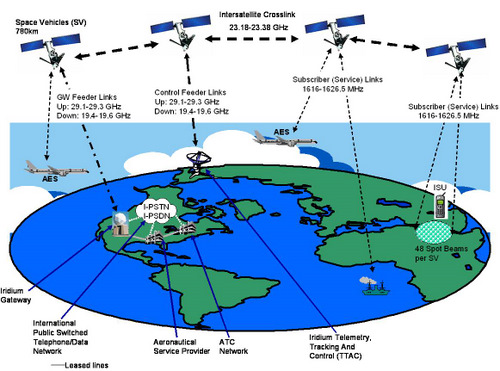Today we learned about how to operate a satellite phone. Roy Stehle of SRI Communications gave us a quick overview of the entire system. Several of the research camps are located in remote areas where communication is limited. Iridium is a network of satellites in low earth orbit of roughly 485 miles. You can see low satellites at night because they reflect sunlight as they move quickly across the sky, they look like a tiny dot of light drawn out in the sky. It takes them about an hour and a half to get around the entire earth. These satellites provide cellular coverage during their flyby over the site. Typically, this can last for about ten minutes before another satellite is needed. The system works exactly like land based cell phone systems except the "cell towers" are the moving satellites. Messages are handed off from one satellite to another.

The entire system of satellites zooming around the earth looks very similar to the Bohr model of the atom so the company adopted the name of Iridium, which has atomic number 77, equal to the number of satellites originally planned to be launched. However, the system actually uses only 66 satellites, see if you can figure out what element it really should be named after by using a [periodic table.]http://www.lbl.gov/abc/marsh-nuclei/images/table_sig.jpg
Today we are scheduled to visit the UAF Large Animal Research Station and afterwards we will have a potluck dinner, Alaskan style.


Comments